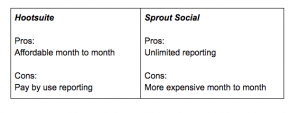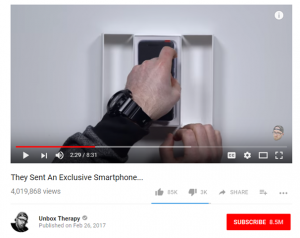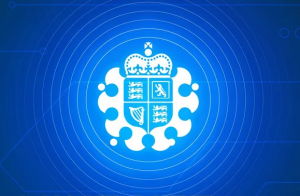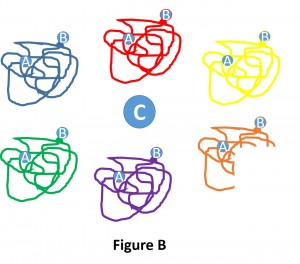If you work for a brand, you know that brand mentions don’t just happen on social media. In addition to the personal conversations that happen on mobile devices, there are, overall, three areas where conversations occur: social media, dark web and open sources.
Social media refers to all online communities where public content is shared, like Twitter and Facebook, while “open source” refers to any information available on the internet without special access rights considered to be openly available data. The dark web (or dark net) is closed access information, not readily available. In fact, closed forums and DarkNet marketplaces make it necessary to have accounts to gain access to relevant information in 99% of cases.
According to Social Links co-founder and CEO Andrey Kulikov, “Any information available on the internet without special access rights is considered to be openly available data. The difference resides in the mechanisms applied for obtaining access to such information. Most openly available data does not require any special skills or rights to be accessed. As is the case of government registers. In order to obtain certain information about an account from social networks, it is sometimes necessary to simply know how to properly form a request to the source to get the desired information.”
He knows what he’s talking about. Social Links works with government and other officials to identify hard to access information and retrieve the desired data needed to progress investigations, trends or other important information points. While this doesn’t impact digital and social brand managers, it’s still an education opportunity and skillset to be aware of.
So, what does actually apply to businesses and brands?
Most Important: Monitoring Your Brand On Both The Social And Dark Web
Dark web markets are booming. According to Beenu Arora, CEO of Cyble Inc., “In recent years, there have been drastic technology-driven changes in dark web criminal markets.” This is likely because, “ technology-driven changes, which mainly include the high use of cryptocurrencies and the use of secured browser technology such as The Onion Routing (TOR), have facilitated the widespread use of these markets for the trading of illegal goods.”
In the United Kingdom alone, “Each day there are more than 600 new victims of fraud with many not knowing they are until receiving a bill or seeing a drop in their credit rating.” The trend is continuing to rise in the United States and around the world. What if your brand ends up either being associated with one of these frauds, either as someone posing as your company or due to someone taking over your data?
If your data is valuable, you should protect it because it’s both the right thing to do and you don’t want to lose your data currency.
We know social media monitoring is critical, but what brand protection in the midst of a data leak or stolen corporate information? Proactive versus reactive monitoring can make a major difference, especially when timing is of the essence. A commitment to protecting customer data, often requires an investment in open-source intelligence (OSINT). It’s important to know that 90% of the information necessary for making a decision is available in the public domain and only 10% can be related to insights.
A focus on hiring the right brand managers integrated with great technology helps executives, marketers and sales teams extract better intelligence and make better decisions.
If you’re not already monitoring your brand in multiple areas, it means you have an opportunity.
There are multiple resources available for both social and dark web monitoring, so it’s important to do your due diligence to check that services or software meet your budgetary and intelligence (e.g. how much, how often, how large of scope, etc) needs.
To get started on your intelligence journey, it’s important to think about three things:
- Conduct a threat audit for vulnerabilities in open data sources and eliminate them;
- Start using open data when developing strategies; and
- Identify whether you need your OSINT unit or can outsource.
According to Kulikov, more brands need to “stop underestimating the importance of openly available data,” and place a priority on doing something with the information at hand.
Creating a budget for monitoring may mean you’re working with two separate vendors for social and dark web (unless you find one who does both exceptionally well). Depending on your organization size, you may also create an internal OSINT team (which still requires you to use a third-party monitoring service to streamline and have bandwidth). For most small to midsize companies, outsourcing OSINT efforts is a much more budget-friendly option and they can report to mid-level managers within the organization.
When you arm decision-makers with the best possible intelligence they are empowered and have a guide for creating the best possible environments for results.
Business & Finance Articles on Business 2 Community
(75)
Report Post







